Zombies: staples of the American monster repertoire that make for fun Halloween costumes, great impersonations, and an easy thing for your parents to call you when you’ve been watching TV all Saturday. For the most part, though, the living dead don’t stumble into our day-to-day thoughts except for during one special month in the latter half of the year. Well, they should, and we don’t realize it. Zombies, and specifically the movies about them, are so much more than spectacles of gloriously icky gore and raspy, yearning moans. If you take some time to peer deeper into the journeys that the directors and films take their characters and viewers, you’ll see that zombie movies are actually reflections of their creators views on how we should live. What’s more, they’re being pumped into all of their viewers’ heads, including yours. These seemingly benign movies are in fact argumentative. Their directors want to command how you, yes you, me and all of us should live our
Edgar White’s Shaun of the Dead is one such movie. It’s about a man named Shaun and his attempt to lead his mother, ex-girlfriend and her friends to safety in the midst of a zombie contagion. At first glance, Shaun of the Dead is a silly parody on the genre, poking fun at its themes and recurring stylistic choices. However, it is exactly in this parodying and playing on the styles and messages of past movies that Shaun of the Dead comes into its argumentativeness. Upon close examination, Shaun of the Dead is utopic. To understand how it functions in prescribing its ideal lifestyle, we must first understand the methods by which its predecessors in the genre did so, and how they relate and compare to each
Traditionally, zombie movies have utilized the creation of visual associations for the viewer to make between the zombies and aspects of real life. This can largely be observed through analysis of the traits of the typical zombie. In his essay “The Running of the Dead,” Christian Thorne discusses this practice. He explains that the classical zombie has three main traits. Firstly, they are always hungry; the only instinct they have retained is that of eating. Second, they’re always dressed in their Sunday best as they’re recently dead and thus garbed in funeral clothing. Finally, their skin is shockingly white. These attributes taken in sum, Thorne writes, are evidence that the filmmakers “are trying to evoke for you what it feels like to be up against a white and all-consuming middle class.” Essentially, the traditional zombie is a white, middle-class hyper-consumer.

This classical definition was altered when genre-staple film and namesake of our focus, Dawn of the Dead came out in 2004. In deviance from the traditional, George Romero’s film portrayed the zombie demographic as far more diverse. Shaun of the Dead does the same, displaying a spectrum of undead ranging from suited professionals to grocery market cashiers; high schoolers to the elderly, rather than white and, I would argue, more upper-middle-class-looking zombies of old. Despite the fact that both Shaun and Dawn of the Dead make the similar general appearance associations with the design of their zombies, the conclusions that each film wants the viewer to reach differ. Thorne argues that the diversity of the Dawn of the Dead zombies, in pairing with fact that his zombies can run quickly as opposed to the classical shuffling zombie, have an effect of inspiring associations with and ultimately fear of terrorism and anarchy against government by peers and country people. The country people aspect of his argument is especially supported by the multiracial aspect of the zombies, as the zombie collective can be seen as a cross section of the majority body of American society. SOTD zombies, on the other hand, are not fast and push a different point about the horde and the average societal members it represents. In DOTD, the horde is always considered an other, a group separate from the main characters and the viewers, to be fought and feared. In SOTD, this zombie group is not quite a separate entity. The line between zombie and human is blurred for everyone. Everyone in the movie has the potential to be a bit zombie-like, including the living. This claim subsequently includes the audience as well, as the zombie crowd looks like most of them. SOTD stresses the fact that we are all zombie like.
In retort, one could instead argue that simply due to the fact that the DOTD zombies look like average members of society, the main characters will identify with them, but such an identification is surely not as purposeful as the association is in SOTD upon examining the evidence. Shaun of the Dead stresses this point throughout the entire movie. In the opening minutes, for example, Shaun, the main character and zombie-killing survivor of the film, is shown groggily walking down the hall after waking up to go to work. The shot starts with his feet, and slowly pans up to his face as he shuffles along, yawning. The directors made an explicit choice to have Shaun walk like a zombie, and to make his yawn sound like a zombie groan. It’s even in the title, Shaun of the Dead. Shaun is literally one of the dead.

What does it mean for one to be ‘of the dead?’ The film expresses this through associations drawn in its scenes as well. Wright links zombies with the struggles and realities of existing and succeeding within a society ruled by a central government. The film builds a strong connection between zombies and work. Before the zombie outbreak, one scene in particular emphasizes this: while Shaun commutes both to and from work on the bus, all the faces of other middle-class adults in the workforce are shown. Notably, these people just as diverse as the zombies. Further, everyone’s face is deadpan and no one looks quite alive. By shooting this scene, Wright draws a parallel between zombie-ness and the work life. In doing so, he transitively makes statements connecting the zombie traits established by their appearance and associations to work for the average human in Western society. As zombies are mindless, this scene purports, so are workers. Further, the movie contends that we are all zombies, and thus, we are all mindless participants in the work force. This connection is further emphasized towards the end of the movie, after the zombie outbreak is over. A documentary showing on a TV clip depicts zombies being recruited for work, as the narrator says, “The living dead retained their most basic instincts and thus are easily used for service work.” The zombies pictured are in fact humans who were shown in the opening scenes of the film, occupying the same jobs. As zombies, they retained their viability in the workforce. Essentially, then, the movie contends that people who work are zombies in that the most fundamental thing about their existence is what they mindlessly provide to society in their work.


Now, understanding the zombies and their associations in Shaun of The Dead, we can tackle how exactly the film wants us to live our lives. The utopic nature of the film lies in the hero’s development through the movie. Through the earlier parts of the film, before the zombie outbreak, the film makes effort to setup shortcomings for the hero, which he desires to fix. At the start, immaturity is a large piece of the hero’s character. His friends, family and girlfriend all pressure him to act like an adult. To them, that means getting a better job than the one he has as a salesperson where his co-workers are all high schoolers, growing apart and moving forward from his funny, crude and unemployed childhood friend, with whom he lives. Further, the night before the zombie onset begins, Shaun is dumped. To make matters for him worse, his successful professional housemate puts him down, calling him a loser. The hero is hurt and resolves to ‘get his life together,’ as he writes on the fridge before going to sleep. When he wakes up, the zombie onset has begun, and Shaun ventures out into the zombie-world with his new goals in mind to lead his friends, recently ex-girlfriend, mother and stepfather to safety. As the film continues, the audience follows Shaun, the hero, as he leads a group of friends, girlfriend and family to safety through the zombie-disaster. Through this journey, the viewer sees him change, realizing the personal goals set at the beginning of the movie. Most obviously, for example, the hero gets his girlfriend back. Additionally, he shows maturity and leadership in his attempts to save his family and friends. He gains even the most skeptical of his girlfriends’ friends’ respect and trust, whereas before, he was only the problematic, unreliable boyfriend. Within the context of the zombie onset, Shaun is able to find success in the areas of his life in which he wanted.
We must now understand what it is about the zombie onset that allows him to do so. Central to the traditional concept of worlds in zombie epidemics is the idea of a zombie outbreak as a collapse of order in society and government, as well as a void of authority. Dawn of the Dead shows prime examples of this with its opening scene in which a town is reduced to chaos as police cars and ambulances fail miserably at their duties and kill people themselves. The government and authorities fail to function. Throughout Shaun’s journey, through a world that traditionally within the genre lacks authority, he matures, addressing many of the concerns and inadequacies with him that were identified in the earlier parts of the movie. Shaun gains leadership and courage. He gets his girlfriend back and is able to stay true to his passions, leading his entourage to refuge in the same bar that symbolized his immaturity. In the final moments before what is essentially an epilogue, the hero and his girlfriend take one last stand against all odds, weapons held high. They leave their zombie-bitten best friend in the basement (on good terms) of the pub and rather than killing themselves, chose to take their lives into their own hands and fight or die. They take the ultimate stance of self-determination by taking their lives into their own hands. At this point, it seems as if in the chaotic condition of the zombie epidemic, Shaun is able to thrive and become his best self. The utopic nature of the film is thus revealed. In the absence of government and authority, people have the capacity to move towards realizing their goals and having real decision-making power over their own existence. This sounds a lot like escaping zombie-ness and the mindlessness it comes with.
However, this utopia doesn’t last. In the last moment, the integrity of the hero’s gains is stripped of him. In this final moment of self-determination, Shaun’s efforts are suddenly stifled when the government shows up and kills all the zombies in a show of power in excess before the hero can take even one step or strike. The genuineness of the hero’s gains is stripped away from him as he nor his girlfriend are able to show any potency. And all this because the government returned. Though, it didn’t quite come back; it never left. The authority structure existed the entire time. Though it was not present in its direct form of armies and officials, the branches of the society over which it rules remain, being mindless work and consumerism, both of which serve in the favor of upkeeping the government authority.

The film doesn’t provide a way to realize it’s ideal vision of success without government that is has identified. It doesn’t provide an answer to the fact that the government and its conditions for us humans are oppressive and impossibly ever-present. It can only say what would be best, and leave the rest up to us to figure out. Michel Uebel, author of a book studying utopian concepts disagrees, argues that in Shaun of the Dead and movies like it, the utopian essence of the film is that a surplus of need, unrest and desire are required in order to have an ideal society. The utopia satisfies these needs, he contends, and then “grinds to a halt, and stagnation replaces creativity.” The cycle must then continue. This sounds like an accurate description of the arc of Shaun of the Dead. Shaun grew but was stunted in the final moments of his metamorphosis. In the film, however, no one ever quite escapes their zombie-ness, even throughout the hero’s growth. Uebel is too optimistic— Shaun of the Dead and its peers do seem at first to show that the hero’s goals are realized, but in fact, the never are. Even in those final moments, the hero is still fundamentally zombie-like, as was established throughout the film. Thus, Shaun of the Dead poses to its viewers a better way of living, and that the government is always suppressing it. As Shaun yells to a child who hits him with a ball and later reappears as a zombie, Shaun of the Dead states a seemingly unsolvable fact about our condition, and leaves us to deal with how to solve it: “You’re dead!”
Works Cited
Thorne, Christian. “The Running of the Dead.” Blog post. Christian Thorne – Commonplace Book. Williams College, 28 July 2010. Web. 18 Apr. 2017. <http://sites.williams.edu/cthorne/>.
Uebel, Michael. “Postscript: Utopic Endings.” Ecstatic Transformation: On the Uses of Alterity in the Middle Ages. New York: Palgrave Macmillan, 2005. N. pag. Google Books. Web. 19 Apr. 2017.
This essay was read by Julia Gunther

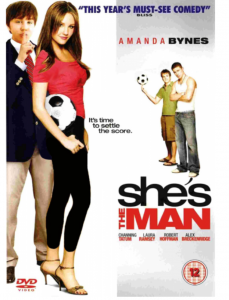


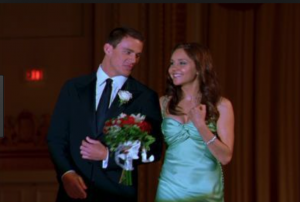




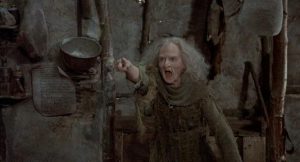




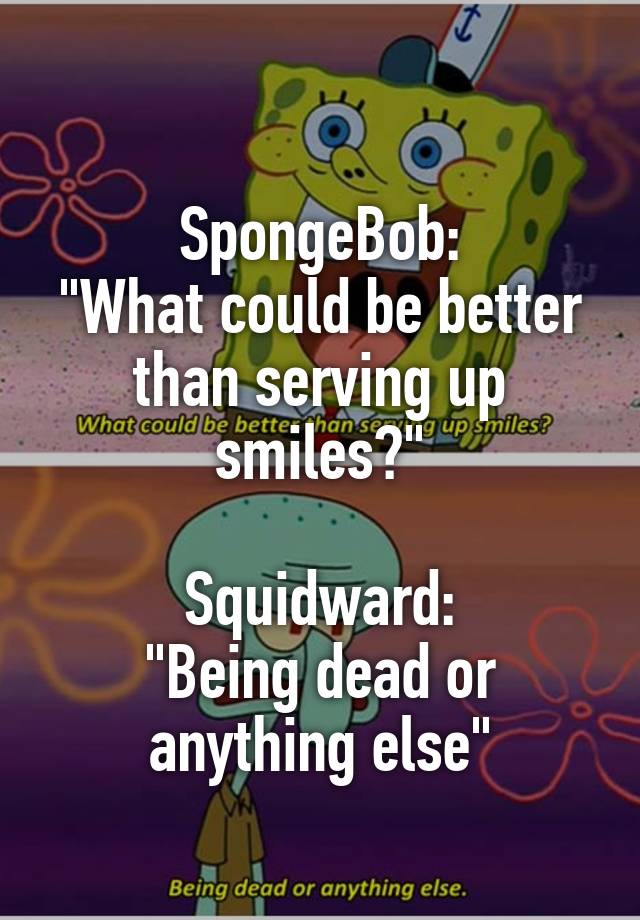




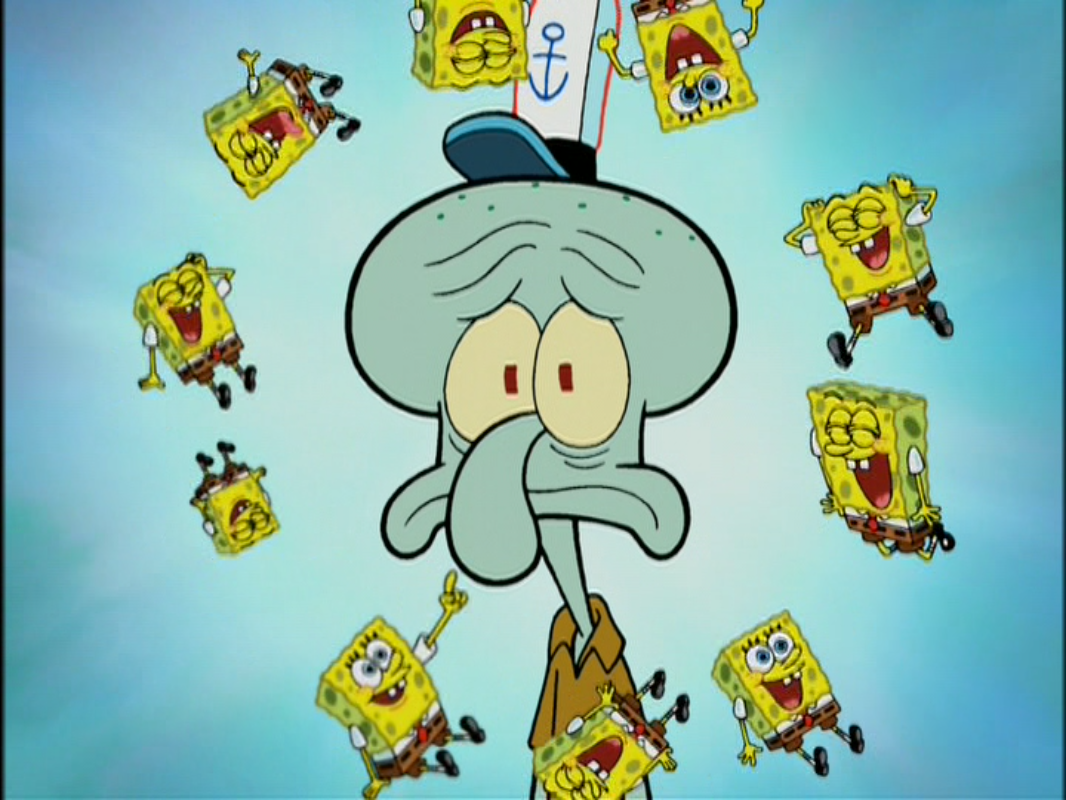

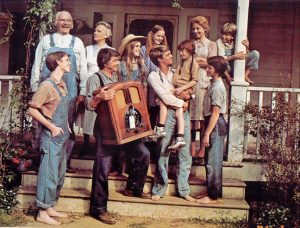 of their culture – is simple and spent at home because of their limited income. Their culture is their money – or lack thereof. For
of their culture – is simple and spent at home because of their limited income. Their culture is their money – or lack thereof. For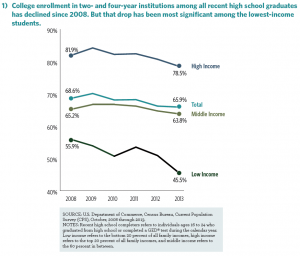 family because of their low economic status. This is equally true today. According to Census Bureau data from 2013, 78.5% of students from high income
family because of their low economic status. This is equally true today. According to Census Bureau data from 2013, 78.5% of students from high income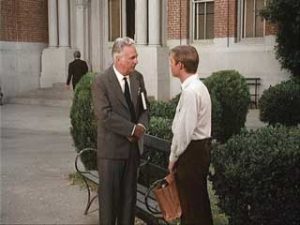 professional writer. The professor claims that “only half a dozen [people] could support themselves as writers alone… so if you want to be an author and eat two or three times every day, there’s only one way to do it: marry money.” In this scene, the Walton’s economic status and their eldest son’s reality is exposed – his access to pursuing his dream career and culture is crippled by his poor background and lack of access to high culture. Because he doesn’t have the money to sustain himself as a writer alone (according to this professor) and since he hasn’t been exposed to high culture to have the connections to get published, the odds are stacked against JohnBoy to successfully become a writer, once again proving that culture, in the sense of career options, is not ordinary. Religion, on the other hand is a different story.
professional writer. The professor claims that “only half a dozen [people] could support themselves as writers alone… so if you want to be an author and eat two or three times every day, there’s only one way to do it: marry money.” In this scene, the Walton’s economic status and their eldest son’s reality is exposed – his access to pursuing his dream career and culture is crippled by his poor background and lack of access to high culture. Because he doesn’t have the money to sustain himself as a writer alone (according to this professor) and since he hasn’t been exposed to high culture to have the connections to get published, the odds are stacked against JohnBoy to successfully become a writer, once again proving that culture, in the sense of career options, is not ordinary. Religion, on the other hand is a different story.